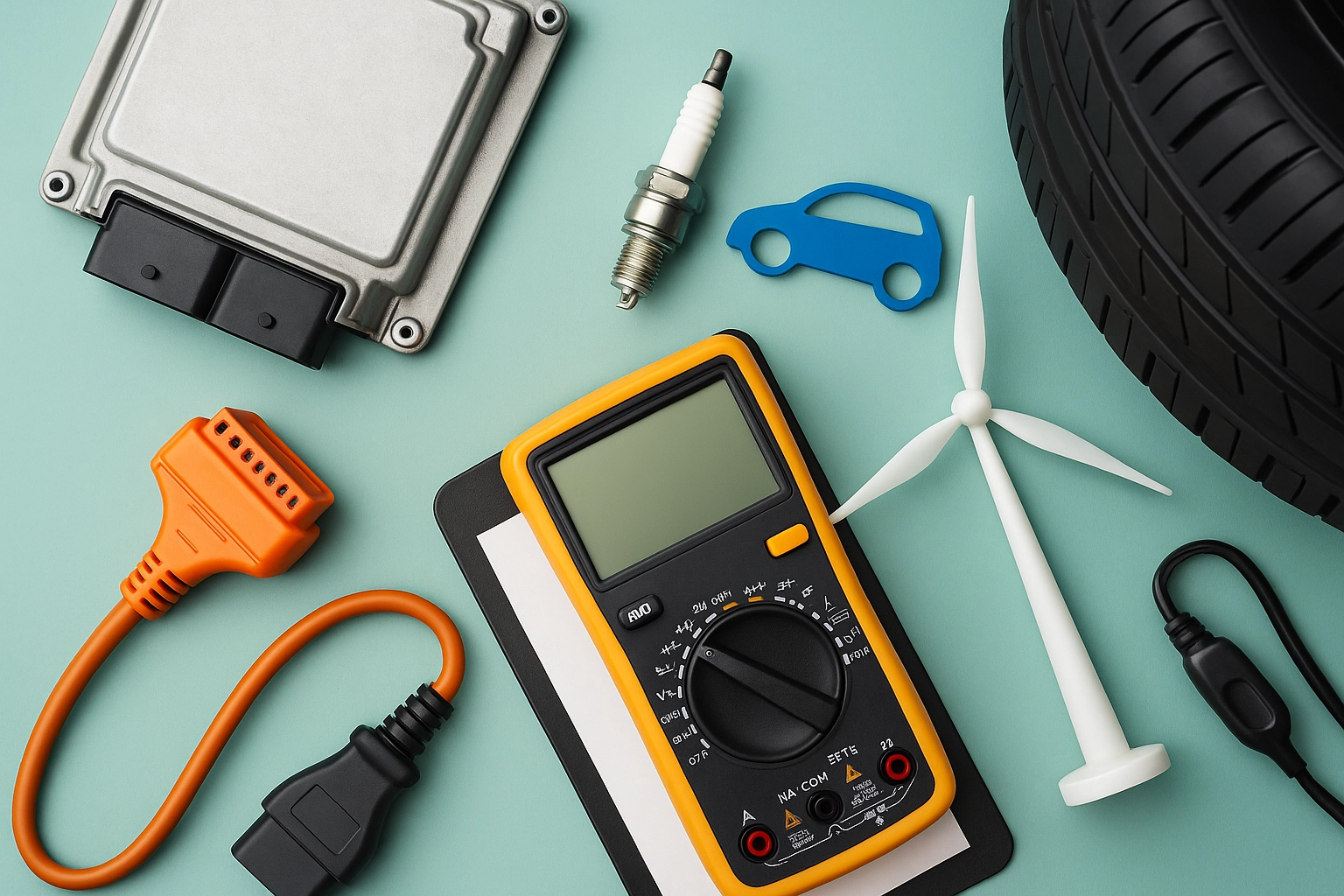ASTM D8111 Hybrid Lubricant Wear Protection Test
The ASTM D8111 test method is a critical standard for evaluating the wear protection performance of hybrid lubricants used in automotive applications. This standardized protocol is essential for quality managers, compliance officers, R&D engineers, and procurement professionals to ensure that the lubricants meet stringent industry requirements.
Developed by the American Society for Testing and Materials (ASTM), D8111 specifies a rolling element bearing test designed to assess how well hybrid lubricants protect against wear in applications where both conventional and electric power sources are used. This is particularly relevant as the automotive industry transitions towards more sustainable and energy-efficient vehicles.
The test involves subjecting a ball and roller assembly, simulating key components of an engine, to repeated rolling contact with a rotating raceway. Hybrid lubricants under evaluation must be added to this assembly before initiating wear testing. The goal is to determine the effectiveness of these lubricants in minimizing metal-on-metal friction and subsequent wear.
The ASTM D8111 method allows for precise quantification of wear debris generated by the test, which can then be analyzed to assess the wear protection provided by different formulations. This information is invaluable for R&D teams looking to optimize their products or ensure they meet regulatory standards.
Compliance officers rely on such tests to verify that lubricant suppliers are meeting contractual requirements and industry benchmarks. By adhering strictly to ASTM D8111, laboratories can provide reliable data that supports informed decision-making in procurement processes.
| Test Parameters | Specimen Preparation | Instrumentation Used |
|---|---|---|
| Rolling contact between a ball and roller assembly | Lubricant samples are added to the test chamber before testing begins. | Rotating raceway, wear debris collection system, and analytical instruments for quantification of wear particles. |
| Temperature control during testing | Specimens must be prepared at room temperature or as specified by the manufacturer. | Thermocouples to monitor ambient conditions. |
The test results are typically reported in terms of wear particle weight, which indicates the amount of metal debris generated during the rolling contact. Lower values signify better wear protection, making this metric crucial for assessing lubricant performance.
Understanding the nuances of ASTM D8111 helps quality managers and R&D engineers make informed choices about which hybrid lubricants to recommend or specify in their products. It also aids compliance officers in ensuring that all materials used meet regulatory requirements and industry best practices.
Industry Applications
| Application | Description |
|---|---|
| Hybrid Electric Vehicles (HEVs) | Evaluating the wear protection of lubricants in HEV transmissions. |
| Plug-in Hybrid Electric Vehicles (PHEVs) | Testing hybrid lubricants for use in PHEV engine components. |
| Electric Motor Drives | Assessing the performance of hybrid lubricants in electric motor bearings and gears. |
The ASTM D8111 test is particularly important for manufacturers and suppliers working on next-generation vehicles that incorporate both traditional combustion engines and electric motors. By ensuring that hybrid lubricants perform well according to this standard, engineers can enhance the reliability and longevity of these complex systems.
Testing results from ASTM D8111 help in optimizing formulations to meet specific operational demands under varying environmental conditions. This ensures that vehicles operate efficiently with minimal wear and tear, contributing significantly to overall vehicle performance and sustainability goals.
Environmental and Sustainability Contributions
- Emission Reduction: By minimizing wear in hybrid powertrain components, the use of ASTM D8111 compliant lubricants can lead to reduced emissions.
- Resource Efficiency: Optimal lubricant performance helps extend the life of vehicle parts, reducing the need for frequent replacements and thus conserving natural resources.
- Energy Conservation: Better wear protection contributes to more efficient energy use in hybrid vehicles, enhancing overall fuel economy.
The ASTM D8111 test method plays a pivotal role in advancing sustainability within the automotive industry by promoting the development of eco-friendly lubricants that are both effective and environmentally responsible. This supports broader efforts towards reducing environmental impact while fostering technological advancement.
Competitive Advantage and Market Impact
The ability to consistently demonstrate compliance with ASTM D8111 provides a significant competitive edge in the automotive testing market. Compliance officers and quality managers who ensure their suppliers meet this standard are better positioned to select lubricants that enhance vehicle performance, reliability, and sustainability.
For R&D engineers, adherence to ASTM D8111 opens doors for innovation by providing a clear benchmark against which new formulations can be evaluated. This contributes to the advancement of technology within hybrid powertrains and related systems.
The widespread adoption of this standard across manufacturers and suppliers also enhances market confidence in products that claim compliance with recognized industry standards. Consumers, too, benefit from knowing they are supporting vehicles equipped with reliable lubricants that contribute positively to environmental sustainability.





